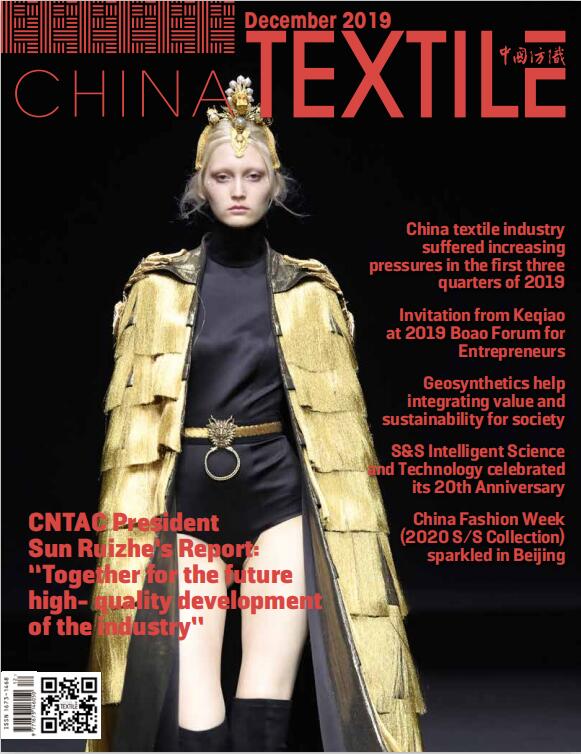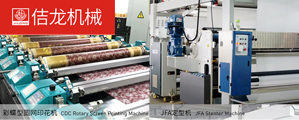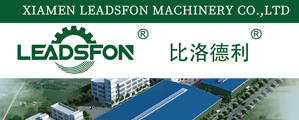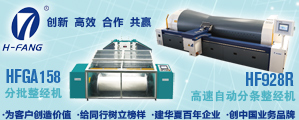Italian textile machinery industry focuses on innovation and customization amid global challenges
Octˇˇ23, 2025 Łü by
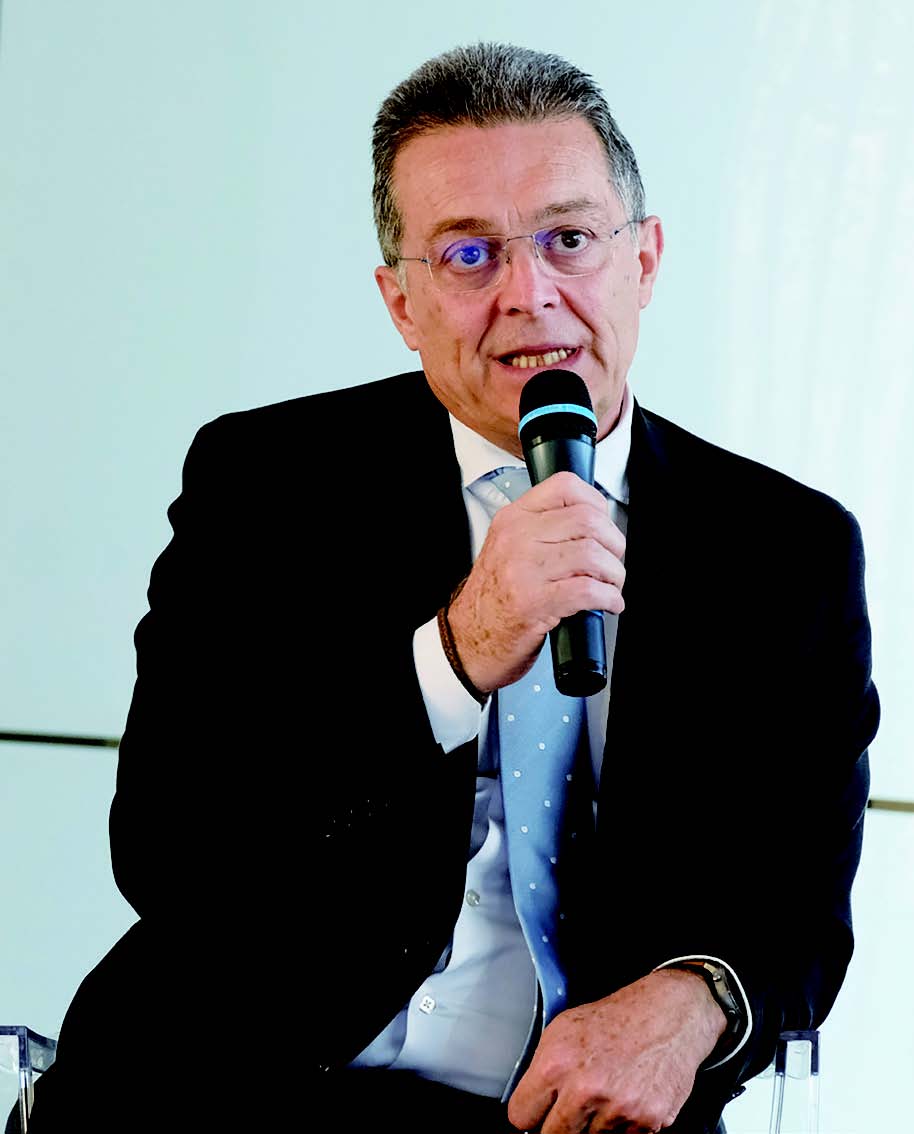
Interview with Mr. Marco SalvadeˇŻ, President, ACIMIT
The Italian textile machinery sector, renowned for its technological excellence and innovative capacity, continues to navigate a complex global market with a strategic emphasis on digitalization, sustainability, and strong customer partnerships. Marco SalvadeˇŻ, President of ACIMIT, provided insights into the industryˇŻs performance, key trends, and future directions.
In the first quarter of 2025, Italian textile machinery exports saw a 6% decrease compared to the same period in 2024, totaling €363 million. This dip reflects ongoing geopolitical tensions and a cautious approach among global clients toward new investments. Despite these challenges, Italian manufacturers maintain a strong reputation for technological leadership and resilience.
One of the reasons for this decline is the introduction of the U.S. tariffs. The US market is the fourth largest market for Italian exports. Mr. Marco SalvadeˇŻ noted that the new tariffs ˇ°created uncertainty and increased costs,ˇ± leading to a 7% decline in exports to the U.S. in early 2025. In response, Italian companies are strengthening their value proposition by ˇ°emphasizing customized technological solutions, strengthening after-sales support, and promoting sustainable and digital innovationsˇ± to sustain long-term customer relationships.
A significant contingent of around 100 Italian companies is set to exhibit at ITMA ASIA + CITME 2025 in Singapore, underscoring the global appeal of Italian textile technology. These firms represent the full spectrum of the industryˇŞfrom spinning and weaving to finishing and knittingˇŞwith many being global leaders in their specialties.
At the exhibition, Italian manufacturers will showcase innovations that align with worldwide demands for greener and smarter production. Exhibits will feature ˇ°solutions combining digitalization, sustainability and automation,ˇ± including Industry 5.0 platforms, low-energy consumption systems, and technologies that support circular economy practices through processing recycled and natural fibers.
Southeast Asia remains a key growth market for Italian machinery, particularly in Vietnam and Bangladesh where demand is strong for spinning preparation and eco-friendly finishing equipment. While only a limited number of Italian firms have local production sites in ASEAN, most maintain a strong presence through subsidiaries, technical centers, and agents.
Addressing broader industry challenges, Mr. Marco SalvadeˇŻ highlighted ecological transition, digitalization, and geopolitical volatility as critical issues. He stressed that collaboration with customers and continuous innovation are essential to navigating these obstacles. Talent is one of the most important factors in solving the challenges encountered in the development of the textile industry. To attract Gen Z talent, the industry must rebrand itself as a forward-looking field. ˇ°It is essential to communicate to young people that our sector is not traditional, but rather a field where technological innovation, sustainability and creativity are combined,ˇ± he stated. Strengthening educational partnerships and promoting digital skills will be key to drawing new generations into the textile sector.


